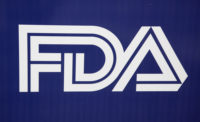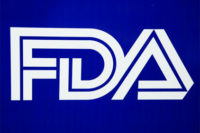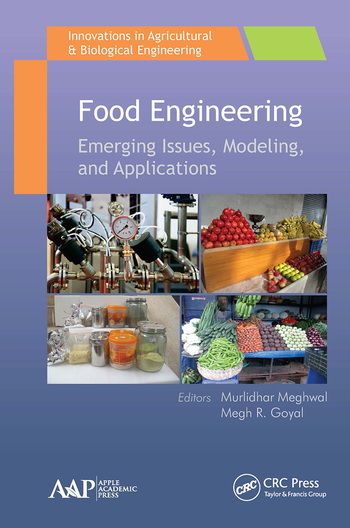TECH FLASH
FDA issues new assessment of BPA
FDA reaffirms its position that Bisphenol A (BPA) is safe at current levels of exposure.

FDA has issued a new assessment of the chemical Bisphenol A (BPA)—commonly used with other chemicals to make plastics and resins—reaffirming its position that the chemical is safe at current levels of exposure from food contact uses. The most recent FDA safety assessment of BPA for use in food contact applications was released in 2008, with additional low-dose update studies in 2009.
FDA’s Center for Food Safety and Applied Nutrition (CFSAN) released its 2014 hazard assessment of BPA via the agency’s website following completion of a formal internal agency review of the most current research on BPA.
According to FDA, since 2011, the administration’s BPA Joint Emerging Science Working Group has conducted reviews of new toxicological and scientific studies to assess any hazards as well as identifying information relevant to risk and safety assessments applicable to FDA’s product centers.
In the recent studies conclusion, FDA reconfirmed the previously identified “no observed adverse effect level” (NOAEL) of 5mg/kg bw/day from systemic toxicity. It deemed subchronic/multigenerational studies using rodents as the most appropriate NOAEL for a safety assessment of oral dietary exposure.
FDA stated the potential for contamination in BPA research activities is much greater than previously realized. FDA believes this potential for contamination may explain inconsistent results seen in previous low-dose studies showing adverse effects.
Recently, researchers from the University of Florida warned consumers to be careful when drinking warm bottled water, based on a study that examined bottled water in China. The researchers state that, when heated, plastic water bottles made from polyethylene terephthalate release the chemicals antimony and BPA.
The North American Metal Packaging Alliance, Inc. (NAMPA) called the latest update a major development that represents years of review. “The FDA 2014 assessment of BPA is welcome news. The comprehensive review by FDA scientists should dispel any concerns regarding the safe use of BPA epoxy resins in canned foods,” says John Rost, NAMPA chair. “Agency researchers could not have been more clear or definitive in their conclusion that an adequate margin of safety exists for BPA.”
The full 2014 FDA assessment can be viewed here: http://www.fda.gov/downloads/NewsEvents/PublicHealthFocus/UCM424266.pdf.
Looking for a reprint of this article?
From high-res PDFs to custom plaques, order your copy today!









